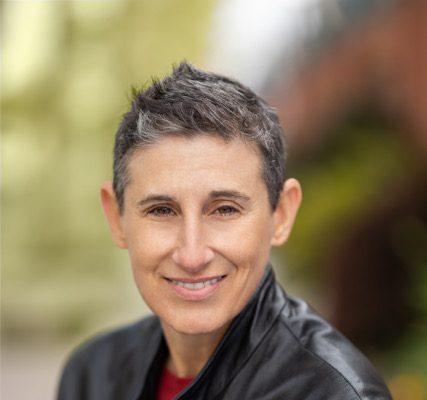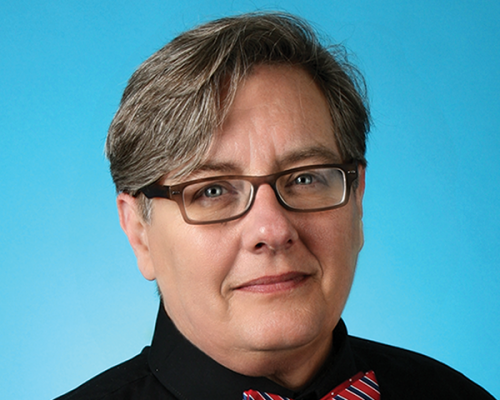by David Webb
Staff size and breakdown: Seven plus 15 columnists and stringers
Print run: 7,000
Physical dimensions of publication: 9 7/8 inches x 12 2/8 inches
Average page count: 36 pages
Area of coverage: San Diego County
Key demographics for readers:
Male: 72 percent
Female: 28 percent
Average age: 43 years
Median age: 43 years
Bachelor’s degree or higher: 56 percent
Household income greater than $100,000: 19.6 percent
Household income greater than $75,000: 29.6 percent
Married or domestic partners: 24.7 percent
Within the next year readers plan to:
Purchase a home: 14.7 percent
Remodel their home: 14.7 percent
Purchase a vacation home: 6.2 percent
Purchase an automobile: 19.5 percent
Purchase a computer: 52.8 percent
Purchase a smartphone: 20.3 percent
Purchase HDTV: 19 percent
Purchase furniture: 24.9 percent
Take a major vacation: 38 percent
*Source: The 2012 Community Marketing Survey (LGBT Consulting Company)
Web site address: www.LGBTweekly.com
*****
Press Pass Q: When did you launch your publication, and what inspired you to do it?
Publisher Stampp Corbin: 2010. I started San Diego LGBT Weekly after San Diego’s publication of record for 23 years went out of business. I wanted to ensure there was a diversity of voices covering the LGBT community in San Diego.
PPQ: What, if anything, distinguishes your publication from other LGBT newspapers, magazines and online publications, and how much competition is there in your area for LGBT specific news and advertising?
Corbin: There are several native publications and web sites that serve the San Diego LGBT community. LGBT Weekly is unique in our focus on hyper-local news as well as a Washington insider’s view of the national political scene. Having been the national co-chair of the Obama LGBT Leadership Council during the 2008 campaign, I believe I have a unique perspective. Finally, we also have The Pride Card, which is a discount card that can be used at more than 75 businesses in San Diego. More than 12,000 people carry the LGBT Weekly Pride Card.
PPQ: What were your greatest challenges in getting it up and running?
Corbin: The fact that the previous publication, the Gay and Lesbian Times, left many advertisers high and dry. Some thought we were affiliated and it took two years to convince some clients that we had nothing to do with the Gay and Lesbian Times.
PPQ: Is it successful now and how do you gauge that?
Corbin: As a Harvard MBA, I gauge success by whether the publication is making money. We have moved beyond break-even. The second measure of success is the influence you have over the community. In the last election, our publication was influential in ensuring the defeat of an extreme right-wing gay Republican for mayor.
PPQ: Have you experienced significant changes in publication size, and when did you see that occurring?
Corbin: During the last year, we have downsized the number of print issues we distribute because so many people are accessing our content on the web, through our mobile application, as well as on Facebook and Twitter.
PPQ: Are you facing new challenges and what are they?
Corbin: Our challenge is the same as most publications. We have a strong print presence, but advertisers are more interested in other media to touch the potential customer. That said, since we have gone biweekly, interest in the print publication has surged. Advertisers are taking advantage of our product portfolio to develop customized LGBT marketing plans. (See “San Diego LGBT Weekly goes biweekly, but the name remains the same,” http://presspassq.blogspot.ca/2013/06/in-news-san-antonios-lgbt-media-past.html.)
PPQ: How does the publication differ now from its original inception, and what is the most popular feature?
Corbin: Our publication has grown to be a mix of three magazines: Time, People and Entertainment Weekly. Our predecessor was more political and was trying to push the publisher’s views. My “Message from the Publisher” is one of the most-read features followed by a column written by national activist and San Diego resident Nicole Murray Ramirez.
PPQ: What’s the most surprising feedback you’ve received from a reader?
Corbin: The most surprising feedback we have received from readers is why we publish all viewpoints, even if they disagree with our editorial stance. Readers have asked, “Why did you print that ‘Letter to the Editor’ when it is in direct contravention to, and critical of, your ‘Message from the Publisher’ or one of your columnists?” My response has always been that we are a community newsmagazine and we give everyone the platform to voice their opinions, even if they are different from ours. Why wouldn’t we do that?
PPQ: What advice do you have for others working in the LGBT media?
Corbin: This is a hard business. The transition from print to web has to be done delicately. Don’t forsake your print readers. Remember they are the ones who have kept you alive to this point. Ask yourself how you are going to monetize the web. Web pricing is a lot cheaper than print, but the effectiveness for the advertiser is often not as good. Why? Print publications have the ad right in front of the reader as they read content. Most web ads are ignored unless you are forced to watch them. So you decrease your costs by moving to web only, but it may not be as effective for the advertiser. I would call that a dilemma.
Volume 15
Issue 4
PRESSING QUESTIONS






